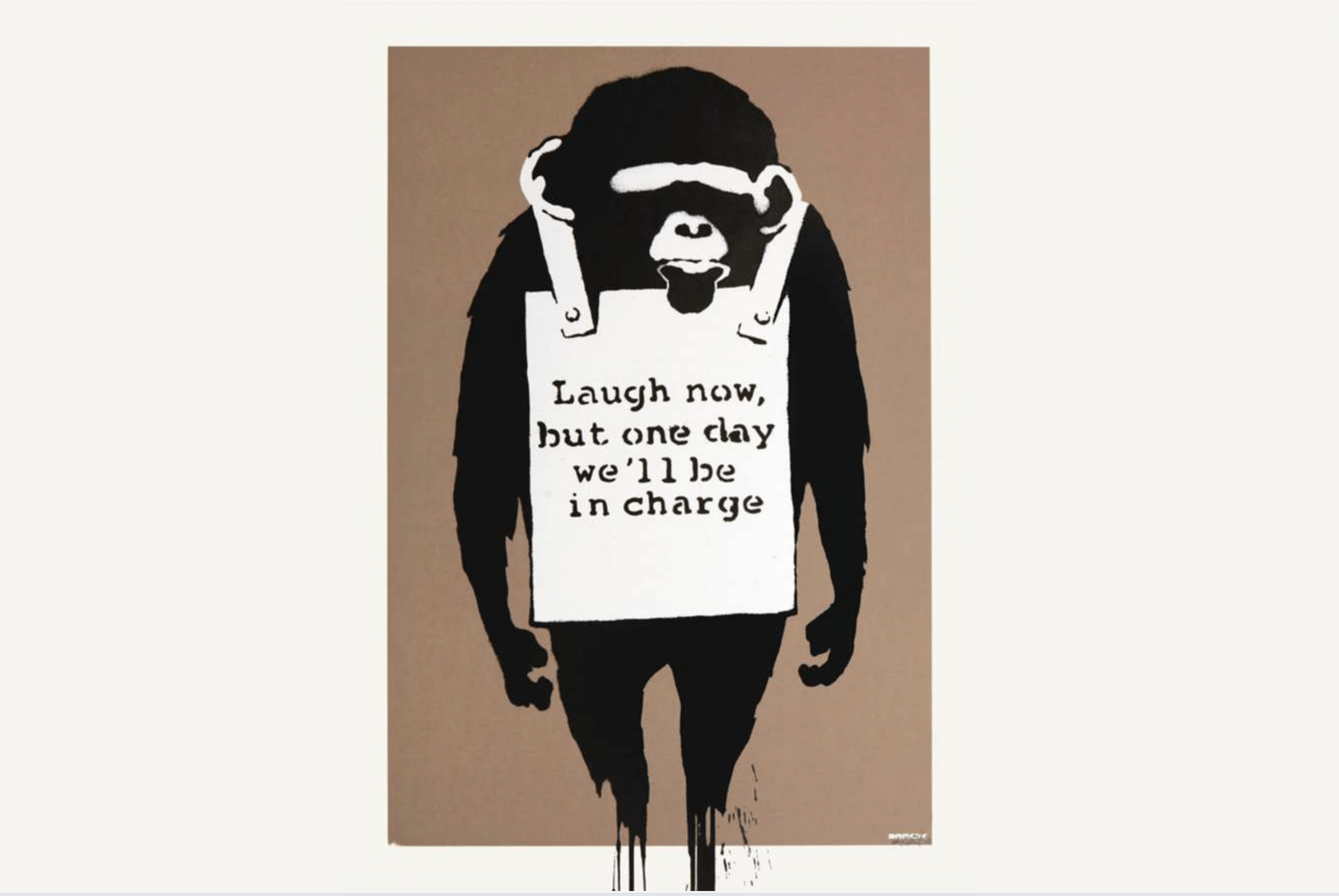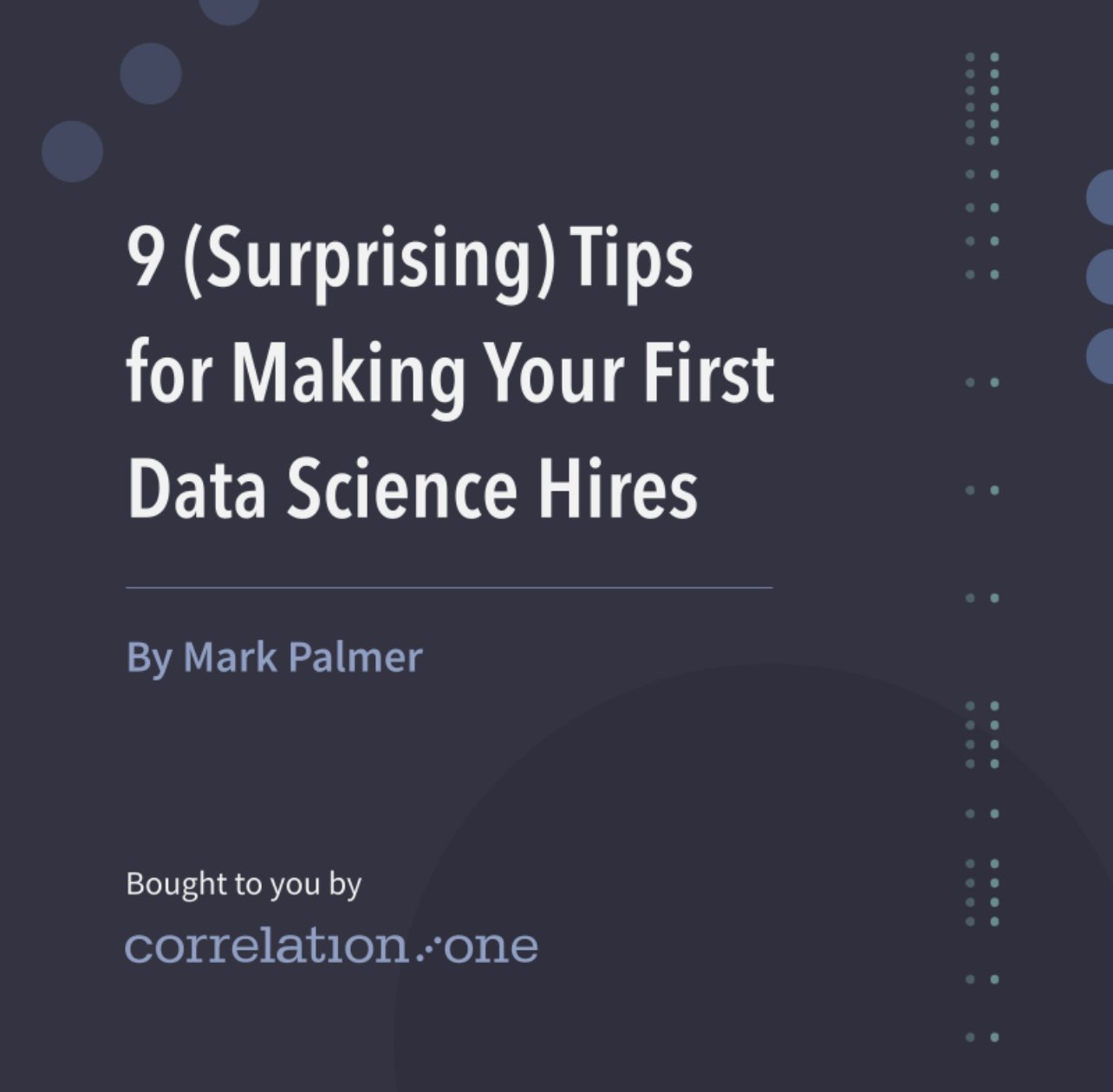Three Steps to Use Streaming Data for Continuous Learning and Action
Flip traditional decision-making, which looks only at the past, on its head.
The movie Groundhog Day is about learning and growth. Phil Connors experiences the same day over and over. But he uses those repeated, mundane events and failures to learn and finally become self-actualized. It’s a story of continuous learning.
Continuous learning works in business, too.
But most business leaders only learn by looking in the rearview mirror. Data lakes simply provide snapshots of the past about happened yesterday, last week, or last month.
The flaw of this thinking is that historical insights only matter if conditions stay the same. I call this the “10 for 10 Syndrome”--you're watching a basketball game and the announcer says “Hey, this guy made 10 of his last 10 shots!” We all know what happens next: CLANG!
Like a repeating groundhog day, continuous analytics can be a vehicle for learning. For example, we recently filed patents that borrow from neuroscience about how humans learn how to walk and applied those ideas to business events. It’s pretty complicated under the covers, but with modern tools, it’s pretty easy to use. Here’s how:
First, you connect to streaming data: IoT sensor readings, transactions, Kafka events, database log updates, Twitter tweets, and HL7 messages. These are the seemingly mundane events of a typical day.
Next, you query the stream, not the lake. Continuous queries are questions that stream-based systems answer with every event in the stream, over and over and over again. So they become queries about the future and monitor for questions like: are things as they should be? Am I veering off course? Did something important just happen? Like the bear in the salmon in the stream, it’s a constantly shifting and changing game.
Finally, you attach continuous query output to live dashboards so you can watch moments unfold like a movie.
Here’s an example. An insurance company uses this dashboard to track the changing weather forecast as a storm approaches its customers. Each event, change in the supply chain, or logistical action is reevaluated in real-time and into the future.
As the forecast changes, we see at a glance where damage is expected to be worst. Algorithms fire to anticipate damage. Leaders take this streaming data and decide where to deploy adjusters next, and how to fix them before they impact customers. Or, the company can simply warn their clients in advance to help keep them safe. Actions can be taken right from the app; learning happens on the fly.
Continuous analytics applies new advances in streaming data, streaming analytics, and streaming data science. It’s used to apply AI that can diagnose health issues up to 52 weeks in advance, right on the spot, as you’re meeting doctors and nurses in Singapore; adjust supply chain and logistics based on weather or traffic conditions; determine the next best action to engage customers based on real-time sentiment, or optimize robotic manufacturing on streaming IoT sensor data.
As poet David Whyte says, waking in response to change is a litmus test for leadership. So flip your analytics thinking upside down; don’t only look at the past. Query the future, learn from the stream, and act continuously, instead.












